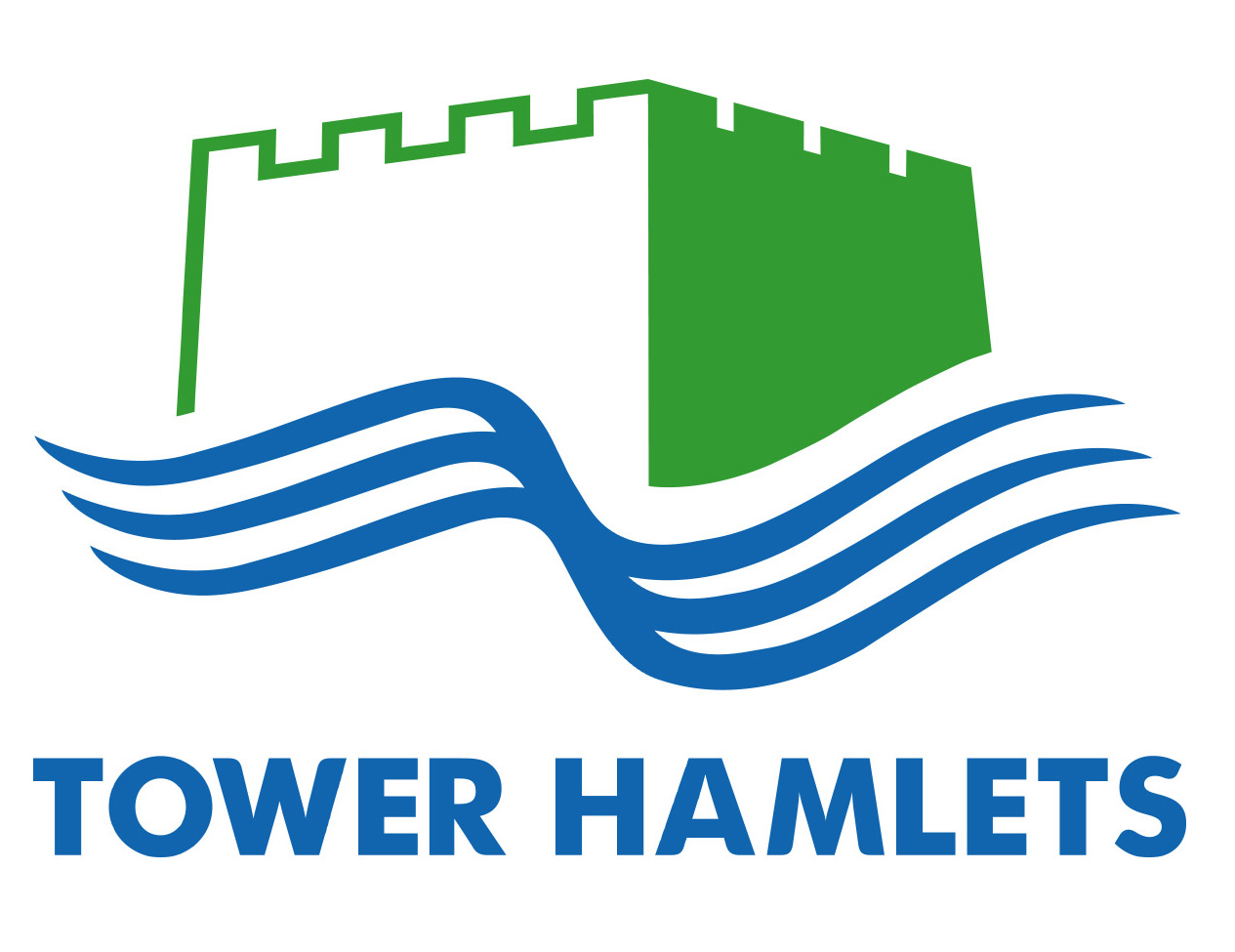Welcome to Tower Hamlets Developer Contributions System
This module will allow you to see the planning data from Tower Hamlets Council in an interface powered by EXACOM . All information shown here has been approved by Tower Hamlets Council, and the extent of the information available to the public is also controlled entirely by the authority. Key features include the local Community Infrastructure Levy (CIL) dashboard, the Section 106 dashboard, and the application lookup facility. Below is a message from Tower Hamlets Council:
Message from Tower Hamlets Council
User guide video: How to view a CIL and S106 information using the Application Tab
Map links:
- S106 agreements & Planning Applications Map shows 'S106 Planning Agreements' and 'Planning Applications' locations.
- Car Free Addresses Map shows addresses and their 'Car Free' status (eg not permitted an on-street parking permit)
Planning Register link:
- Planning and Building Control Portal is the online planning register, to view current and decided applications.
This online developer contributions database, updates nightly and contains information on:
- CIL (Community Infrastructure Levy) contributions.
- S106 (Section 106) agreements and obligations:
- Financial contributions potential, due and collected (marked by a '✓' on Applications Tab).
- Non-Financial obligation details and status (in perpetuity '∞', discharged date, marked by a 'X' on Applications Tab), including the 'Car Free' requirement, as per the Car Free address map.
- Affordable Housing requirements agreed for specific planning permissions.
- Planning Applications with CIL and/or Section 106 obligations. Search the council’s online planning register for more detailed information on planning permissions, including linked documents, S106 agreements and plans etc.
Note: When searching for specific planning permission references, only search for the first 11 characters (e.g. PA/24/00001), exclude any suffix (e.g. '/A1').
London Legacy Development Corporation (LLDC) Note: On 1st December 2024 LLDC planning powers returned to Tower Hamlets Council. All LLDC planning permissions have the prefix 'LL/' or 'OD/'.
Information Quality Note:
Section 106 information is currently undergoing a programme of quality improvement, mainly for historical data. The S106 data has varying degrees of completeness and accuracy, so should be considered indicative.
In addition, for S106 (and similar legal agreements) prior to the year 2000, due to their age the council does not hold detailed records. For formal confirmation of any Section 106 obligations contact the S106 team by email.
Community Infrastructure Levy (CIL)
The Community Infrastructure Levy (CIL) is a charge on most types of new developments over a certain size. This can help to pay for local infrastructure projects that are needed to support new developments, such as schools, health services, leisure, open spaces and transport improvements.
More information on CIL can be found on the Community Infrastructure Levy webpage.
Section 106 obligations
Planning obligations are also commonly referred to as ‘section 106’, ‘S106’, as well as ‘developer contributions’. They are legal agreements created under section 106 of the Town and Country Planning Act 1990 in connection with a planning permission linked to the land. The Planning obligations are used to lessen the impact of new development. The two main types of obligations are:
- Non-financial obligations which can include affordable housing, public access and removing the ability to apply for on-street car parking permits (what is referred to as ‘car free’) as per the Car Free address map.
- Financial obligations which can include contributions for local education, employment and health provision etc.
More information on Planning obligations can be found on the Section 106 planning obligations webpage.
Liability Legal Note: Unless otherwise indicated by the agreement, covenants and undertakings are not enforceable against any leaseholders or occupiers or mortgagees of the individual Residential Units or any Commercial Units, within the Development.
Get in touch
CIL queries, email: CIL@towerhamlets.gov.uk
S106 queries, email: S106@towerhamlets.gov.uk
Last updated: 17 December 2025 17:33:31 (UK)
